Before mixing MDMA and LSD, read this
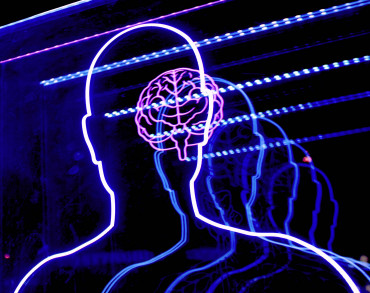

Mixing LSD and MDMA, known as “candyflipping”, is one of the most well-known drug mixes around. But is it safe?
Mixing drugs is always a bad idea, but that doesn’t stop people from experimenting. Candyflipping gained popularity in the 90s and early 2000s, especially at raves and nightclubs. Like 90s fashion, it seems to be making a bit of a comeback with renewed interest in the process. So, what is actually going on?
LSD and MDMA both induce euphoric, psychedelic effects, but they work by impacting different areas of the brain. Traditionally, LSD is taken first followed by MDMA a few hours later. There is little research available on the actual effects of mixing the two, and the whole experience can last anywhere from 12 to 24 hours.
When mixing drugs, the impact on your body and mind become even more unpredictable, and harder to manage. While both LSD and MDMA have a reputation as being relatively harmless, it’s important to remember the safest drug use is not taking anything at all.
Stay safer by staying informed. Sign up to receive alerts and notifications about any dangerous drugs in NZ. Check out the alerts page to see what we've already found.
What are the risks?
There are a lot of variables when it comes to mixing drugs, and this combination is no exception. The effects and intensity can vary a lot, even when taking the exact same amount.
There is also a risk that the substances aren’t actually MDMA or LSD, but other novel psychoactive substances being sold as that. This means there’s potential to mix two completely unknown substances which could have potentially fatal consequences.
Another big concern is overheating and dehydration. Candyflipping can have the same effect as taking too much MDMA, leading to an elevated body temperature. This can lead to heatstroke, kidney damage, liver damage, heart attack, chronic health problems, and even sudden death.
The comedown is particularly unpleasant, and can last a few days. It can combine the side effects from both LSD and MDMA, and can include:
- Feelings of depression, panic, and paranoia
- Brain fog, or trouble concentrating
- Insomnia
- Irritability
- Tiredness
While no drug use is safe, there are some steps that can help reduce the risks.
- Low doses are safer, and avoid re-dosing.
- Avoid alcohol, and anti-depressants.
- Have a plan – as with all drug use, it’s better to have people around that you trust and who have knowledge of first aid.
If you think someone is suffering from an overdose, or a medical emergency, call 111 immediately and ask for an ambulance. Always be prepared - check out St John’s helpful first aid guide.
If you’re worried about your own drinking or drug taking, you can reach out to the Alcohol Drug Helpline on 0800 787 797, or text 8681. You'll be able to speak with a trained counsellor who can provide you with helpful information, insight and support. They’re available 24/7, all calls are free and confidential. You can also chat to them online through the website.
Latest Articles
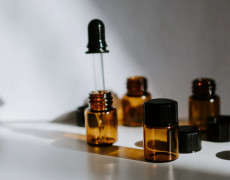
15 Apr 2024
Thinking of using GBL/GHB?
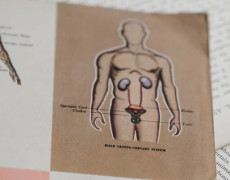
12 Apr 2024
Ketamine and bladder damage – know the risks
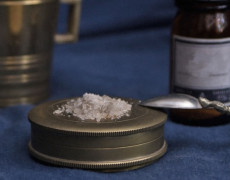
8 Mar 2024
Synthetic cathinones explained
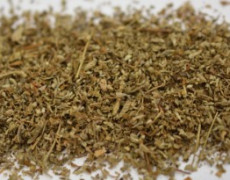
22 Feb 2024
What’s happening with synthetic cannabinoids?
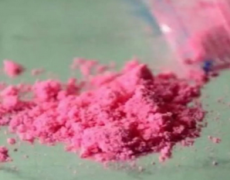
31 Jan 2024
What is tuci?

19 Jan 2024
Answering some common questions about MDMA

10 Jan 2024
Understanding the risks of the comedown

5 Jan 2024
Looking after your mental health

15 Dec 2023
Tips for a safer night out

12 Dec 2023
To mix it is to risk it
